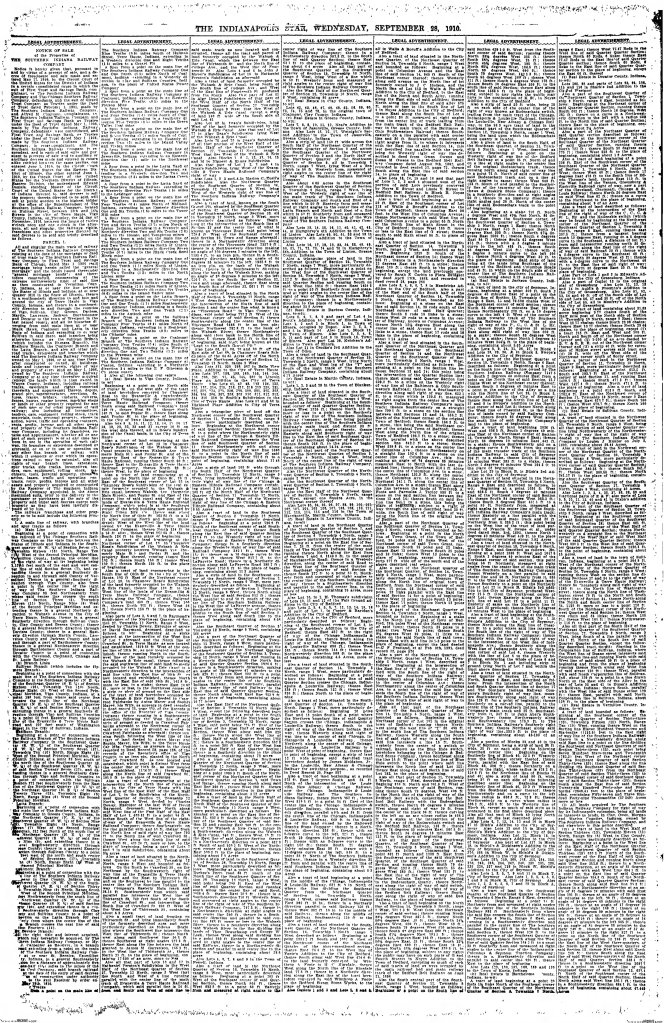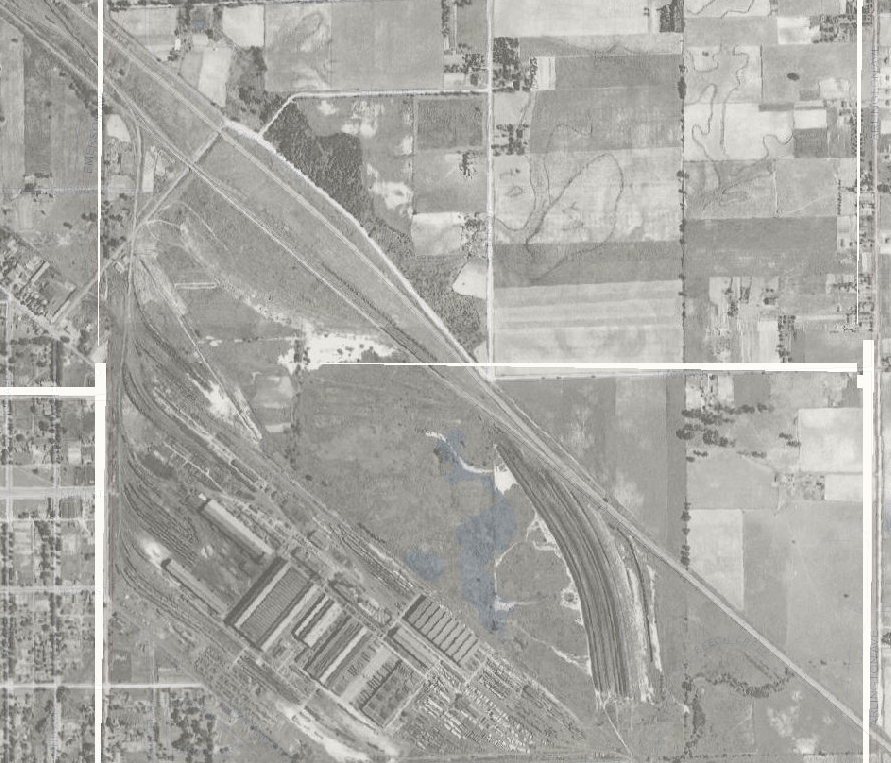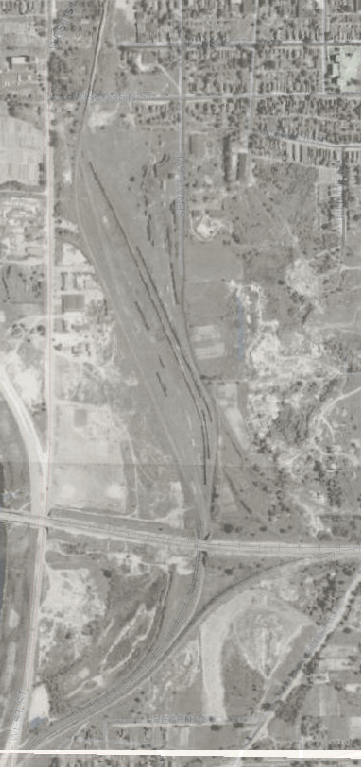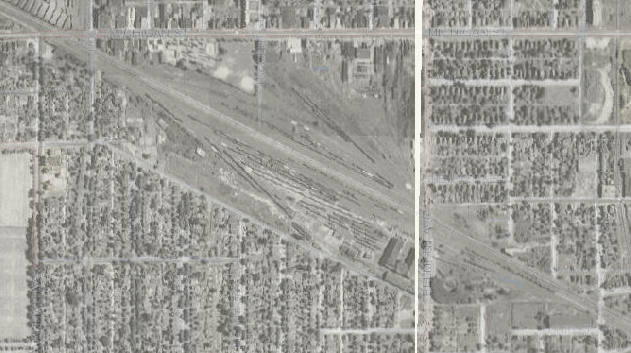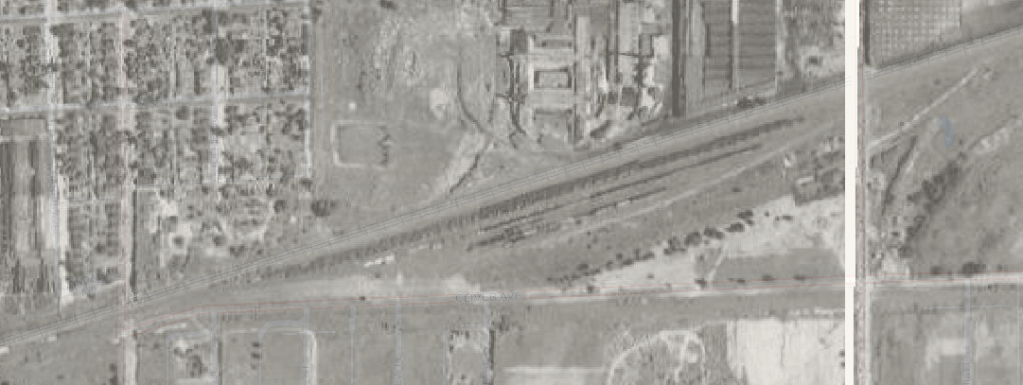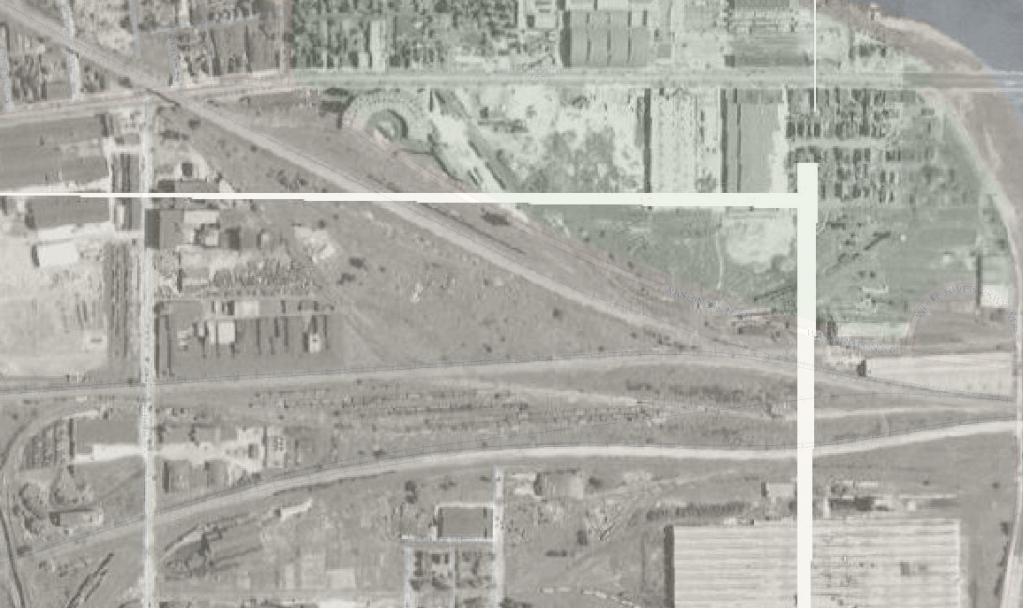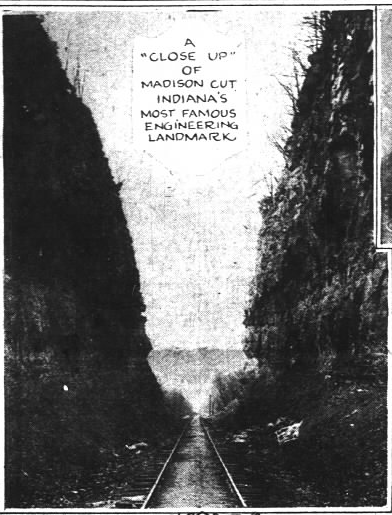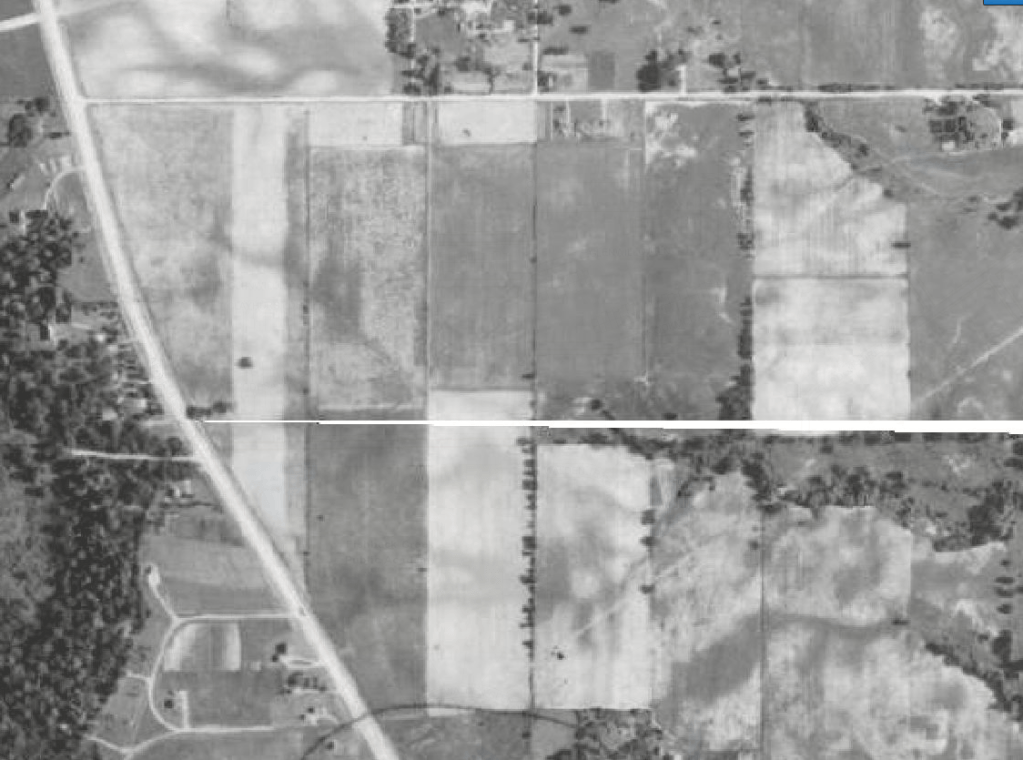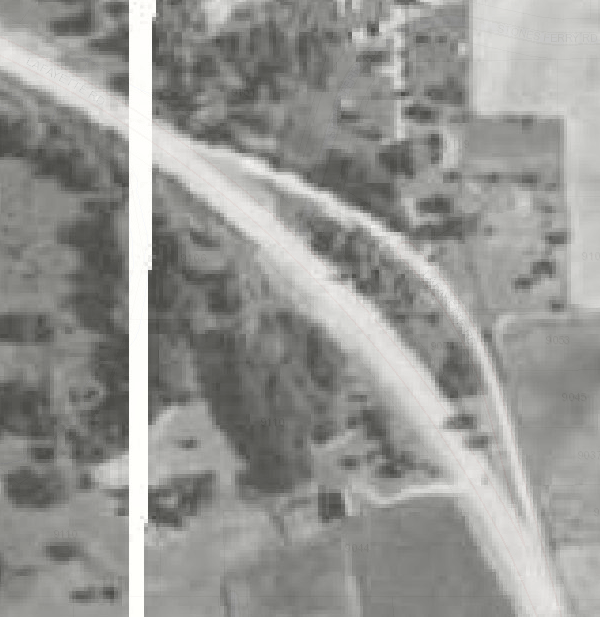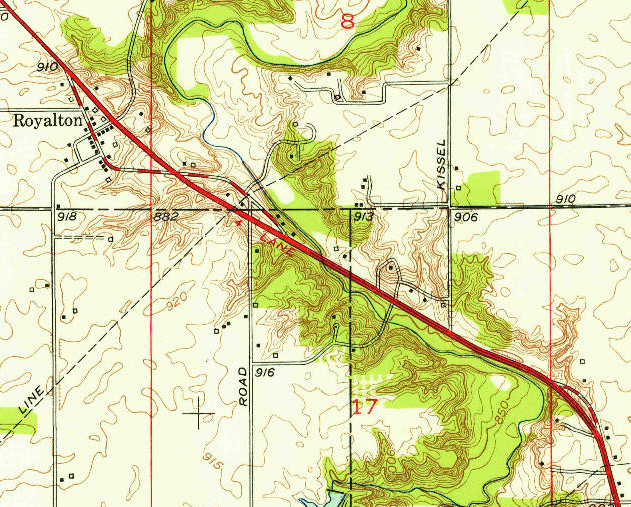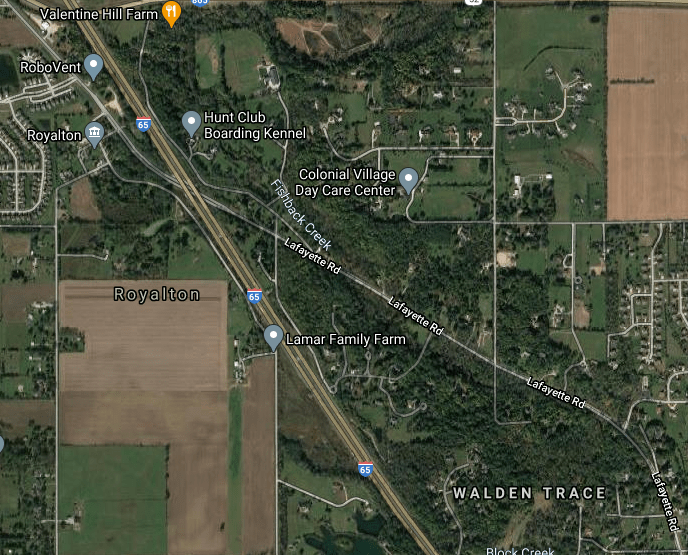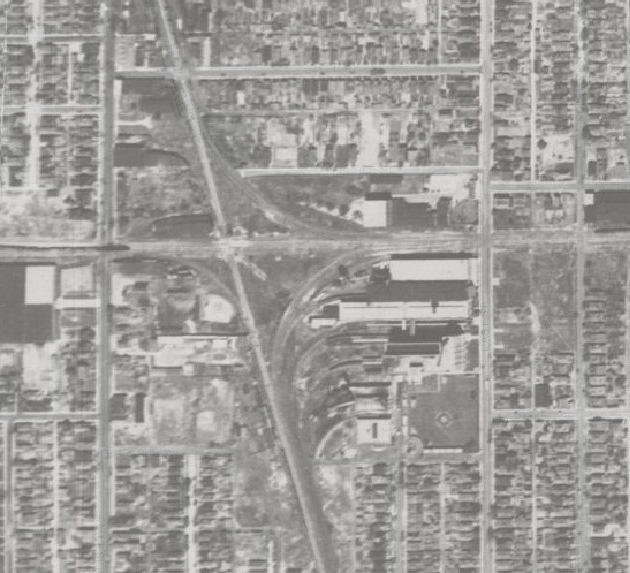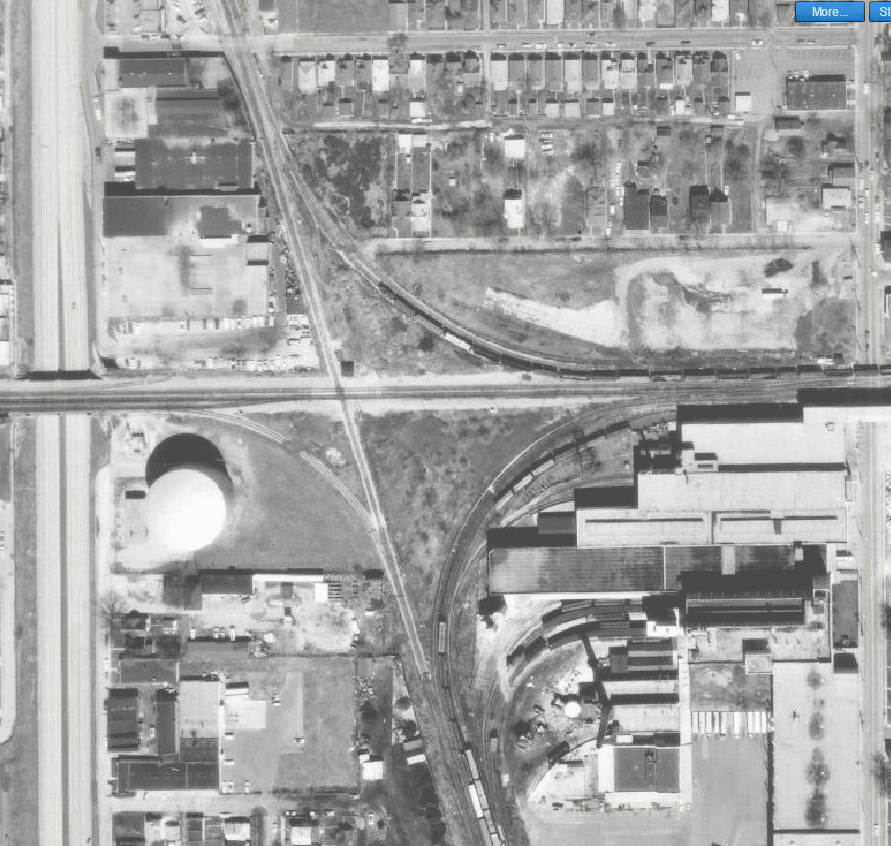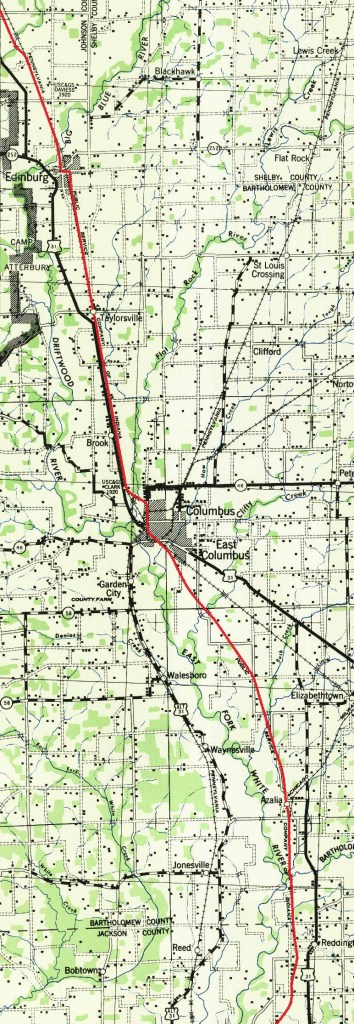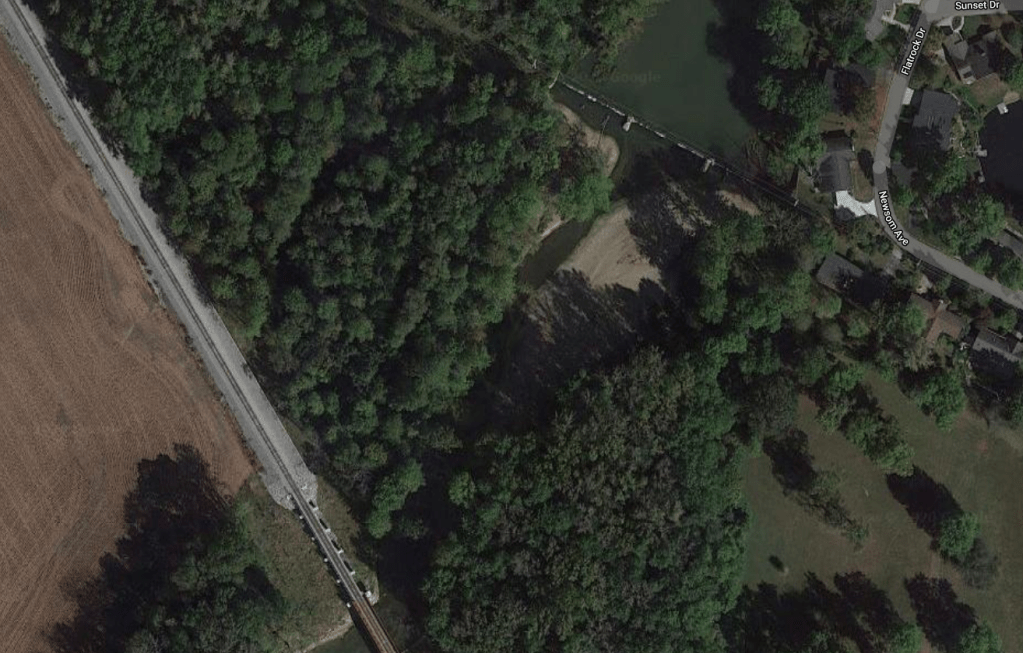With the passing of Richard, Myself and Jim Grey are taking over the Indiana Transportation History Blog.
In the last week or so I’ve been playing with WordPress to figure out how to make the blog easier to find things like old posts and such, because Richard previously had all of his blogs loading into a single page and you had to keep scrolling back to view older posts.
Categories
I updated the ‘home page’ header and added a “Transportation Categories” link to the top next to the “Home” that was already there. This Transportation Categories page is basically a bulleted list of the transportation categories that have been created.
Because of how WordPress works, adding and managing categories is tedious. I had started making a sub-category entry for every city, road or railroad company but the category list just got so big and because they don’t have the means to display it as a collapsed list that you can expand as you need, I was having to scroll through all the categories to find the one I needed, which was a pain in the butt!
So, I decided the categories would be basic categories under which to organize the posts. So, if you want to see the articles about bicycling in Indiana, I finished marking those posts last night and there are 18 posts about bicycling.
If you have any suggestions for categories, or find that some of the categories are too general or broad, I’m open for suggestions!
Tags
And then there are Tags… For the tags, these are much easier to dynamically add as needed. So, as I’m reading through a blog post, I’m tagging each year, city, road, river, bridge, canal etc that I come across.
Then, I added a Tag Cloud to the home page. This Tag Cloud shows a lot of the tags with higher usage counts and you can click on one to see a list of the blog posts which have been tagged with the tag. For example, right now I can click on the Lincoln Highway and there are 30 tagged posts about the Lincoln Highway!
It is going to take a while to get all of the blogs tagged, but I’ve got a good start. So far, any post that mentioned “Auto Trail”, “Bicycle” or “Canal” have been tagged.
Here is where I need help!!! I’m finding duplicate similar worded Roads and such that I don’t know if they are the same or not. I’d love to get them corrected in the blogs and then tagged correctly.
An example:
Belt Railroad – from a post “Bicycling the Shelbyville Road“
Belt Railway – from a post “Bicycling the National Road West from Indianapolis“
Which is correct? Or are they 2 different train companies?
So, as I continue to add tags and categories, the blog may keep changing… but hopefully in the long run it will make it more usable.
New Content – Contributors
This blog cannot die with Richard. It is such a great resource, and Jim and I would like to see it continue to be used and added to.
Jim and I have discussed it via email and we’d love to sign people up to be ‘contributors’. As a contributor you would write your blog post in a subject matter fitting for Indiana Transportation History blog, doing all of the necessary research and adding pictures and maps accordingly.
Then Jim and I would then approve and publish the blog entries as they are submitted.
If you would like to become a contributor, contact Jim or myself and we’ll get the ball rolling. It is all new to us so have patience with us as we figure out how to add the proper processes, procedures and blog infrastructure to handle the changes being made!
-Paula

